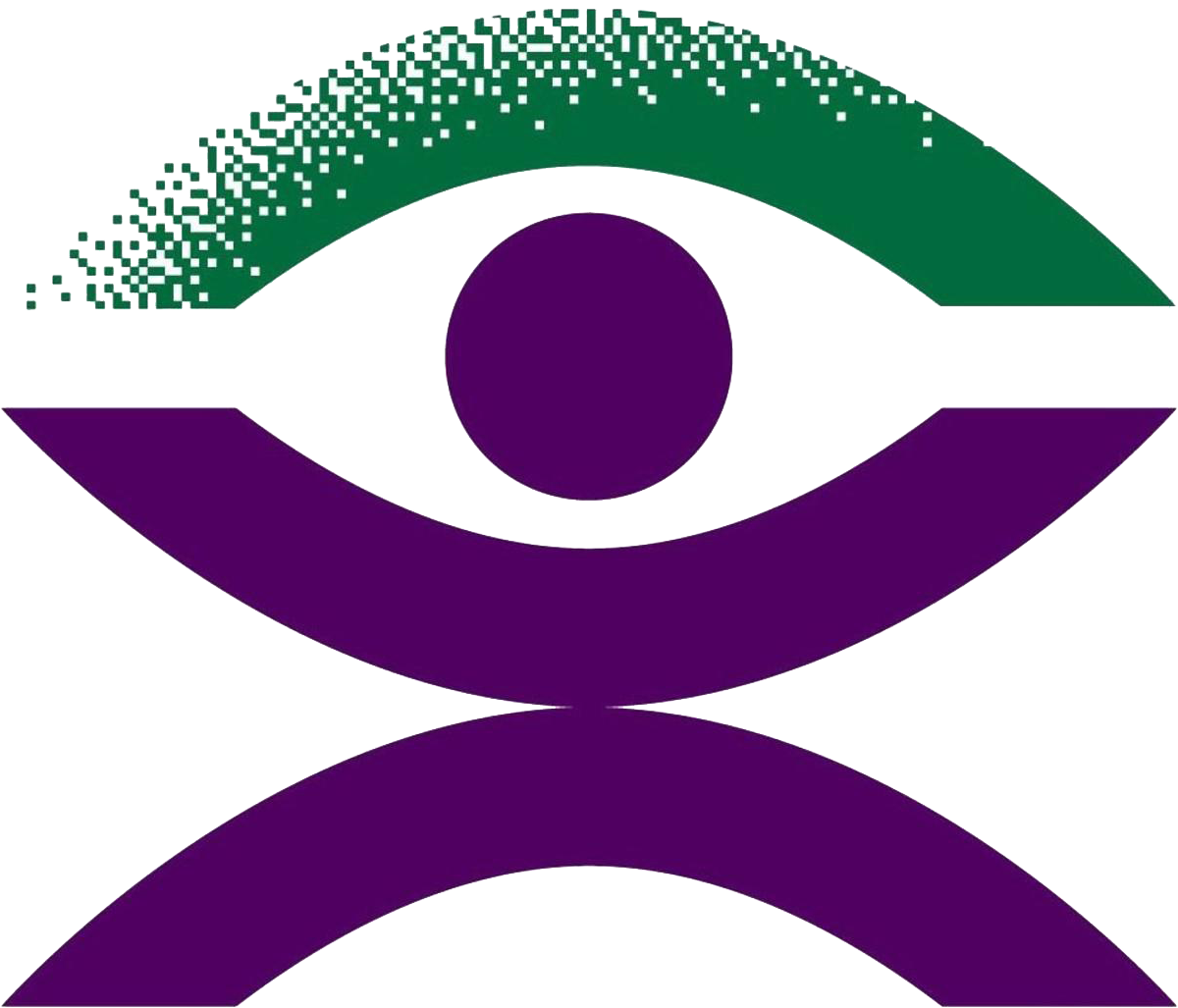Author: Jonathan Craig
The record slides smoothly out of its sleeve, and I catch its edges on the tips of my index fingers, so as to avoid touching the surface of either side. Most people could achieve this thoughtlessly. For me it’s something to be proud of. Carefully, I line up the hole in the centre of the disc with the spindle on the turntable, and let it drop with a satisfying clunk.
Next, I bring the tonearm over the record. On the end is the delicate needle which will thread its way through the grooves, and translate them into music. I carefully line up the cartridge so the needle, theoretically, is sitting directly over the outer groove, which can be easily seen, but which I can’t readily distinguish even if I were to risk the sound quality with my fingerprints. Again, I do this without touching either the needle, or the surface of the record.
Using the lever, I gently lower the needle into the groove, while starting the turntable spinning with my other hand. If I’ve got it right, I’ll hear a tell-tale crackle, caused by tiny specs of dirt, gathered on the surface of the disc despite my best efforts. Then after a few moments, track 1 will burst into life.
I’ve been building my relatively humble collection over the last few years, largely through trawling op shops with my wife or support workers. For most of that time, I’ve had no idea what I was about to hear when I went through that complex ceremony. Melbourne’s six months of lockdown has given me a great chance to rectify that problem – putting each record into a braille labelled sleeve, with stickers on the inner sleeves to indicate which was the A side. The process took hours, and my collection is relatively small. Most of the other collectors I know have found the task too enormous to consider, relying on eccentricities of the sleeve or packaging to identify their favourites. Otherwise, it’s a lucky dip.
I can’t think of a less accessible way to enjoy music. Playing your favourite song from an LP is a matter of trial and error. Meanwhile, using streaming services, I can listen to anything I want with a voice command.
And don’t forget, one side of a record only holds around 20 minutes of music. After that, I have to get up, and go through the process I just described all over again.
I’m not the only one embracing this outmoded format. Vinyl is generating more revenue than CDs for the first time since 1986. But apart from sound quality, much of its modern appeal is visual, and for sighted listeners, it presents far fewer challenges. It’s completely nonsensical that I should volunteer for such a difficult user experience. Meanwhile, when I catch up with my friends who are blind or vision impaired, I invariably take the chance to complain about inaccessible apps and websites, knowing they’ll understand. Dear reader, am I a hypocrite?
I have to admit, when I first started editing this magazine, I was frustrated by the way BCA refers to its members. “People who are blind or vision impaired” felt like an incredibly clunky way to start a sentence. And in the middle it was even worse! It seemed to interrupt the flow and the rhythm, asking more cognitive effort of the reader before they could enjoy the second half of my statement.
Lately, I’ve found another way of looking at it. The familiar process of parsing those words can feel kind of satisfying. It can also build up anticipation for whatever message you’re about to hear. Yes, you may have to get up and turn over the sentence halfway through, but if it’s a good one, Side B will be worth it.
We are record collectors, even though it’s far more difficult for us. We are binge watchers even though we need a mediator to explain what’s happening sometimes, even though audiobooks and podcasts are much more accessible. We are painters and photographers, sailors, sportswomen, makeup artists, dancers, gamers.
People are messy and contradictory. People don’t always make sense. People love what they love, and they pursue their passions, regardless of obstacles. We’ll never stop arguing about how we should describe ourselves, and I’m eager for the debate to continue – even in the pages of this magazine, if you have strong feelings.
But as I get up from my couch, in my house where I’ve been trapped for months, I feel at peace with the paradox of this ridiculous hobby that has comforted and preoccupied me during a very strange time. I lift the disc off the turntable, again holding it carefully by the edges, and flip it over. People who are blind or vision impaired are people first.

